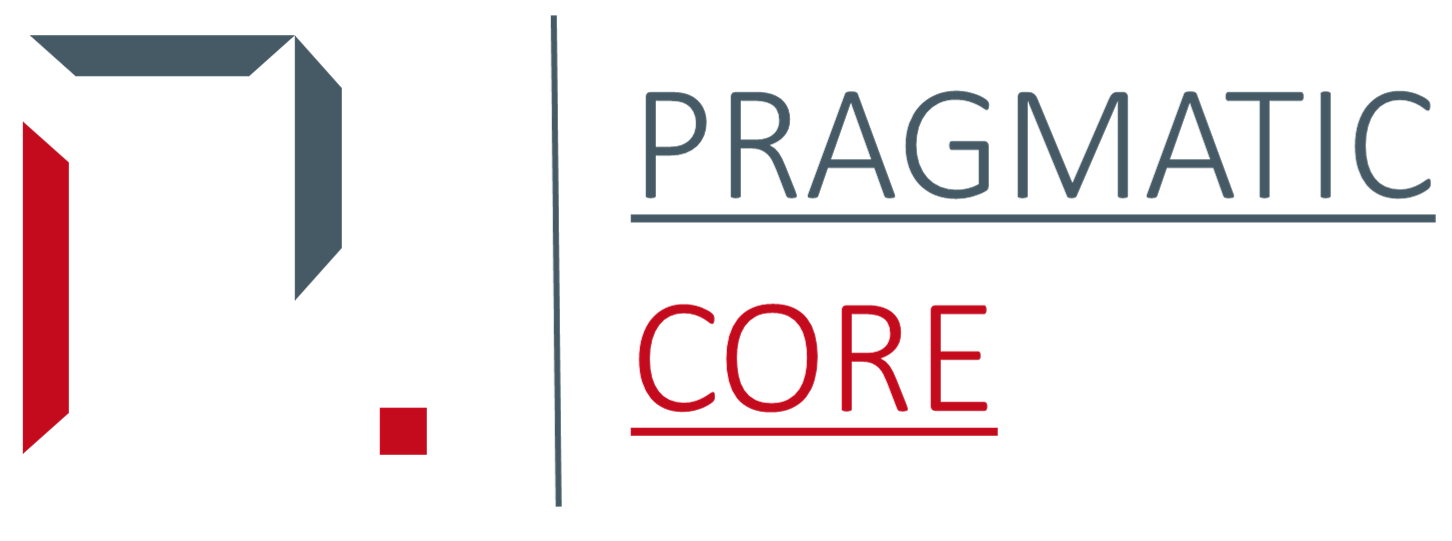Key Points:
- Gig Economy Challenges: Solopreneurs and freelancers in the gig economy face scalability constraints due to platform limitations, hindering their growth compared to resource-rich organizations.
- Resource Management: Solopreneurs and SMEs must optimize human capital, balance immediate income with strategic resource allocation, and find the path to independence in a competitive landscape.
- Financial Planning and Risk: Achieving financial stability requires streamlining operations, leveraging strategic outsourcing, and finding the right balance between operational efficiency and long-term financial planning.
In today’s evolving work landscape, more individuals are choosing independence – solopreneurs, freelancers, and small business owners carving their paths instead of treading traditional career routes. It’s a realm filled with promises like flexibility, personal fulfillment, and the potential for higher income. Yet, beneath this shimmering surface lies a challenging journey.
Meet solopreneurs and SMEs. They face hurdles like limited resources, funding shortfalls, relentless competition, and the pressure to rapidly acquire diverse skills. But here’s where it gets interesting. Independence, often the dream, can transform into a bottleneck without the backing of a Process Optimization Partner. Why? Because resource and financial constraints create a growth standstill, pushing these organizations toward external funding sources. The consequences? Culture and foundation tremble.
Let’s delve into this narrative – the tale of how independence meets its match when resource constraints come into play, and how BPO companies can hold the key to untethering these organizations, allowing them to soar independently.
The Rise of the Gig Economy: Scaling Constraints Amid Independence
In the last decade, the gig economy has emerged as a dynamic landscape where solopreneurs, freelancers, and independent contractors have found a niche. This new way of working offers tantalizing perks – flexibility, potentially higher income, and the autonomy to set one’s own work parameters. Yet, beneath these advantages lie significant constraints, particularly when these solo workers are compared to larger, resource-endowed organizations.
Imagine solopreneurs navigating their professional journey primarily through platforms designed for gig work. These platforms are undoubtedly beneficial, offering a plethora of opportunities. However, they also come with limitations. Solopreneurs using these platforms operate within a time-bound framework, tethered to the rules and regulations set by the platform providers. This setup inherently restricts their ability to expand and attain true independence. In essence, while the gig economy is a bustling realm, it often fosters a sense of perpetual solopreneurship.
Now, contrast this with larger businesses. These entities possess the requisite flexibility and resources to scale operations effectively. They can capitalize on opportunities and address challenges without being confined by platform restrictions. This stark difference highlights the essence of scalability and adaptability as the defining factors setting the gig economy apart from the traditional business landscape.
This narrative underscores the constraints faced by solopreneurs within the gig economy. Their journey is often hindered by limitations stemming from resource scarcity, platform dependency, and the constant race against time. In contrast, larger organizations leverage their flexibility and resources to overcome such limitations and achieve sustainable growth. This narrative paints a picture of the gig economy’s potential curtailed by these constraints, while larger enterprises continue to thrive with the strategic use of resources and their adaptive capabilities.
Strategic Resource Management: Navigating Capital Constraints and Human Capital
As solopreneurs and small to medium-sized enterprises (SMEs) strive to overcome the obstacles of limited access to capital and competition with industry behemoths, another crucial aspect comes into play: human capital. The scarcity of both financial and human resources poses a multifaceted challenge that demands innovative solutions.
In the quest for independence and growth, businesses often find themselves at the crossroads. While they aspire to scale and expand their operations, the lack of financial resources can hamper their ambitions. This is where strategic resource management becomes paramount. By identifying and focusing on their core competencies, solopreneurs and SMEs can maximize the utilization of their available resources.
A key facet of this approach is the effective allocation of human capital. The appointment of individuals in strategic and middle management roles plays a pivotal role in ensuring the seamless transition of operations. This not only enhances organizational agility but also empowers these businesses to better adapt to the dynamic market landscape.
However, the human capital challenge goes beyond efficient role assignment. Solopreneurs, in particular, often find themselves restricted to platforms, entrapped by the constraints of time and resources. While these platforms offer opportunities for immediate income generation, they simultaneously limit the ability to work towards long-term growth and independence. This constraint can be akin to a double-edged sword, keeping solopreneurs perpetually contingent on these platforms and preventing them from achieving true independence.
In essence, the gig economy, while enticing for its flexibility and income potential, can inadvertently foster a reliance on immediate opportunities that hinder long-term scalability. In contrast, larger organizations with greater access to capital can strategically invest in talent acquisition and development, nurturing a pool of skilled professionals who drive innovation and facilitate sustained growth.
To address these challenges effectively, solopreneurs and SMEs must strike a delicate balance between immediate income generation and strategic resource allocation. By identifying their unique value propositions and optimizing their operations, they can leverage their human capital to compete more vigorously with industry giants. The path to independence and competitiveness may be challenging, but with astute resource management and a focus on human capital, it becomes an achievable endeavor.
Financial Planning and Risk Management: The Symbiotic Link with Operational Excellence
Within the realm of financial planning and risk management, solopreneurs and small to medium-sized enterprises (SMEs) face a unique set of challenges, intricately intertwined with their operational capabilities.
Financial plans, no matter how meticulously crafted, are only as effective as the operational performance they are based upon. This fundamental truth underscores the critical importance of optimizing operations, especially for smaller businesses where every resource and minute counts. In this context, achieving true independence and growth is contingent on the efficient allocation of human capital and resources.
Solopreneurs, operating with limited human capital and resources, often find themselves stretched thin, juggling core business activities with non-core operations. This limitation can impede their ability to execute robust financial plans and effective risk management. Herein lies a key challenge: how to strike a balance between immediate operational needs and long-term financial stability.
Independence, for smaller firms, necessitates a meticulous examination of operations. By reducing the demands of non-core activities through strategic outsourcing or automation, solopreneurs can free up valuable time and resources. This, in turn, enables them to implement robust financial plans that align with their growth objectives and risk management strategies.
However, it’s important to recognize that this journey towards operational excellence is not without hurdles. Smaller businesses grapple with the dual challenge of resource scarcity and the time-consuming nature of managing non-core operations. These factors can impede their efforts to develop and execute comprehensive financial strategies.
In essence, financial planning and risk management are inseparable from the operational intricacies of solopreneurs and SMEs. The path to independence and financial stability involves not only crafting astute financial plans but also optimizing operations to ensure that these plans can be executed smoothly. This synergy between operations, financial planning, and risk management is the linchpin upon which the future success and independence of smaller businesses hinge.
Sustaining Motivation: Fostering Independence and Success
Independence for small and medium-sized enterprises (SMEs) and solopreneurs is not just about financial freedom; it’s about preserving the core values, culture, and passion that drive these businesses forward. While it’s true that financial stability plays a pivotal role, it’s equally important to maintain the founding ideology and enthusiasm that set these ventures in motion.
A critical aspect of sustaining motivation is ensuring that SMEs and solopreneurs have the creative room to focus on their core functions without being constrained by resource limitations or the need to resort to financial institutions. Independence, in this context, means having the autonomy to nurture and protect the very essence of the business.
Financial constraints can force SMEs and solopreneurs to seek external funding, which, while essential for growth, can also bring about a shift in the organization’s culture and values. The injection of external capital often comes with strings attached, potentially leading to changes in decision-making processes and dilution of the entrepreneurial spirit that fueled the business’s inception.
Maintaining motivation, therefore, goes hand in hand with preserving the unique identity and culture of the SME or solopreneurship. The ability to stay true to the founding principles, even as the business expands, is a testament to the organization’s commitment to its core values. This steadfast adherence to its roots is what sustains the passion and fuels the motivation required to overcome challenges.
In essence, SMEs and solopreneurs can view independence as not just a financial milestone but as the preservation of their founding principles and culture. This steadfast commitment serves as a pathway to success, enabling these businesses to navigate the complexities of growth while staying true to their core identity. By prioritizing these aspects, SMEs and solopreneurs can achieve a unique brand of independence that sets them on a trajectory towards lasting success.
Paving the Path to Independence
The pursuit of independence in the business world, especially for SMEs and solopreneurs, demands a strategic approach. To prioritize and preserve their autonomy, they must streamline operations, access innovative financing, and concentrate on niche markets. By focusing on core functions, these businesses not only optimize efficiency but also maintain their culture and values.
Strategic branding, marketing, and a strong online presence are crucial for visibility and growth. However, they become more effective when resources are allocated judiciously to core functions, ensuring an exceptional customer experience.
Financial planning and risk management are vital aspects intertwined with operational efficiency. To make informed decisions for future growth, SMEs need to alleviate the burden of non-core operations.
Independence is not just a goal; it’s a commitment to staying true to founding principles and culture. By embracing this strategic approach, SMEs and solopreneurs can navigate the challenges of business growth while preserving their core identity, propelling them towards enduring success in a dynamic business environment.


